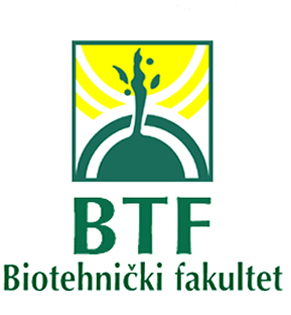| Year : |
2014 |
| Volume : |
60 |
| Issue : |
4 |
| |
|
| Authors : |
Mladen ALMALIEV, Svetla KOSTADINOVA, Galia PANAYOTOVA |
| Title : |
EFFECT OF FERTILIZING SYSTEMS ON THE PHOSPHORUS EFFICIENCY INDICATORS AT DURUM WHEAT |
| Abstract : |
The main agronomic indicators of effectiveness for phosphorus fertilizing alone or combined with nitrogen fertilization N120 in durum wheat grown in conditions of long term fertilizing experiment in two field crops rotation cotton – durum wheat under rain conditions for the period of three vegetations including years 2011 – 2013 were studied. The Latin square method as experimental design with trial plot size 50m2 in four replications was used. The examined fertilizing systems were as follows: N0P0; N0P80; N0P120; N0P160; N120P80; N120P120; N120P160. Nitrogen fertilization as NH4NO3 was applied early spring. The phosphorus fertilization was applied before sowing as triple superphosphate. The soil type of experimental field was Eutric vertisols. Weather conditions during the studied period 2011 – 2013 were different as a temperature and rainfall each year.
Indexes partial factor productivity (PFP), agronomic efficiency (AE), apparent crop recovery (RE), partial nutrient balance (PNB), and physiological efficiency of applied phosphorus (PE) were studied. It was established that fertilizing systems of durum wheat strongly affect the indicators of phosphorus efficiency. The partial factor productivity of phosphorus changed from 13.4 to 51.8 kg grain per kg P2O5 applied in dependence of the fertilizing system. The average agronomic efficiency was varied in range 1.6-28.1 kg grain and 0.20-4.58 kg grain protein for the experimental period. Apparent crop recovery efficiency of applied phosphorus (kg increase in P uptake per kg P applied) was very low 0.11-0.15 kg.kg-1 when wheat was grown with no nitrogen fertilization. Recovery efficiency and physiological efficiency of applied P (kg yield increase per kg increase in P uptake from fertilizer) did not depend of the quantity of applied phosphorus P80-P160 in systems without nitrogen. Alone phosphorus fertilizing in rates 80-160 kg P2O5.ha-1 demonstrated lower efficiency of phosphorus expressed as calculated indicators partial factor productivity, agronomic efficiency, apparent crop recovery, partial nutrient balance, and physiological efficiency. Systematic fertilization of durum wheat in rates N120P80 was the most effective in average for the experimental period. |
| For citation : |
Mladen ALMALIEV, Svetla KOSTADINOVA, Galia PANAYOTOVA (2014): EFFECT OF FERTILIZING SYSTEMS ON THE PHOSPHORUS EFFICIENCY INDICATORS AT DURUM WHEAT. Agriculture & Forestry, Vol. 60 Issue 4: 127-134, Podgorica |
| Keywords : |
phosphorus efficiency indicators, durum wheat |
| |
|
| download paper |

